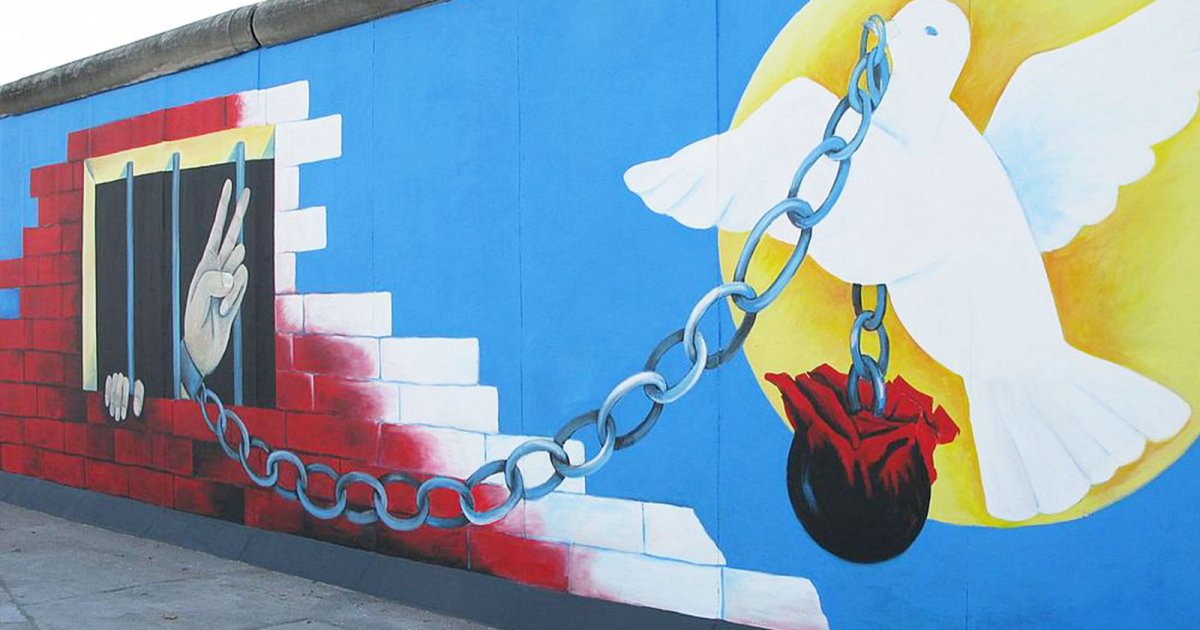(Please note: This is a very brief summary of german history, obviously all of the topics discussed below are far more complex.)
After the first world war, Germany suffered from hyper-inflation. This left many people living in poverty. The frustration of poverty lead to a rise in nationalism, which gave the Nazi party it's power. After being voted into power, Hitler imposed a fascist rule over Germany and annexed Poland. He mostly targeted Jewish people, sending them to ghettos and then to concentration camps where millions where killed. He also targeted Roma Gypsies, LGBT people, people with disabilities and learning difficulties, along with Polish and other Slavic people, plus people who held opposing political views to the Nazis.
Much more could be said about the holocaust and the second world war, but to sum it up it caused devastation across Europe and the world. The war caused the deaths of tens of millions of people, and the devastation impacted many countries for decades, even after the war was finished.
After the war Germany was divided into four temporary occupation zones, roughly based on the locations of the Allied armies. The German capital, Berlin, was also divided into four
sectors: the French sector, British sector, American sector and the Soviet sector.
The French, British and American sectors unified and imposed a capitalist system over the citizens living in their sectors, whilst the Soviet sector imposed communism.
Berlin was located 100 miles inside the Soviet occupation zone and there had never been a formal agreement guaranteeing rail and road access through the Soviet zone to the Western-controlled part of Berlin.
Many people living in the Eastern sides of Germany and Berlin were suffering under the communist regime and left to live in the Western, capitalist sectors. This gave the Soviets & communism a bad name so their solution was to build a huge wall separating the East and West.

This was an assault on the freedom of the residents of Berlin and left many families and friends physically separated. Many people attempted to escape the East for the Western side of Berlin, which had a better economy and more freedom, however it was risky and those who were caught were often shot dead.
"The Wall became a symbol of communist oppression and the most visible reminder of the distrust between East and West."

The tension of the situation in Berlin was heightened as it was part of the cold war: basically, America and USSR both hated each other, both of them have big nukes, they're both threatening each other but no one wants to actually shoot first because this would likely end in Mutually Assured Destruction - if one side nukes, so does the other and literally everyone dies.
In 1989, as the tensions of the cold war began to thaw, "the spokesman for East Berlin’s Communist Party announced a change in his city’s relations with the West. Starting at midnight that day, he said, citizens of the GDR were free to cross the country’s borders. East and West Berliners flocked to the wall, drinking beer and champagne and chanting “Tor auf!” (“Open the gate!”). At midnight, they flooded through the checkpoints."

"More than 2 million people from East Berlin visited West Berlin that weekend to participate in a celebration that was, one journalist wrote, “the greatest street party in the history of the world.” People used hammers and picks to knock away chunks of the wall–they became known as “mauerspechte,” or “wall woodpeckers”—while cranes and bulldozers pulled down section after section. Soon the wall was gone and Berlin was united for the first time since 1945. “Only today,” one Berliner spray-painted on a piece of the wall, “is the war really over.”"
The wall started coming down in 1989 and was finished being dismantled in 1991 (although small parts of the wall still stand as a reminder, such as the famous east side gallery)

The east side gallery is a stretch of wall in Berlin which is covered in various murals, as well as other graffiti. Much of the art is political or relates to freedom, such as the mural above.
So where did this leave German culture at the start of the 90s?
No comments:
Post a Comment